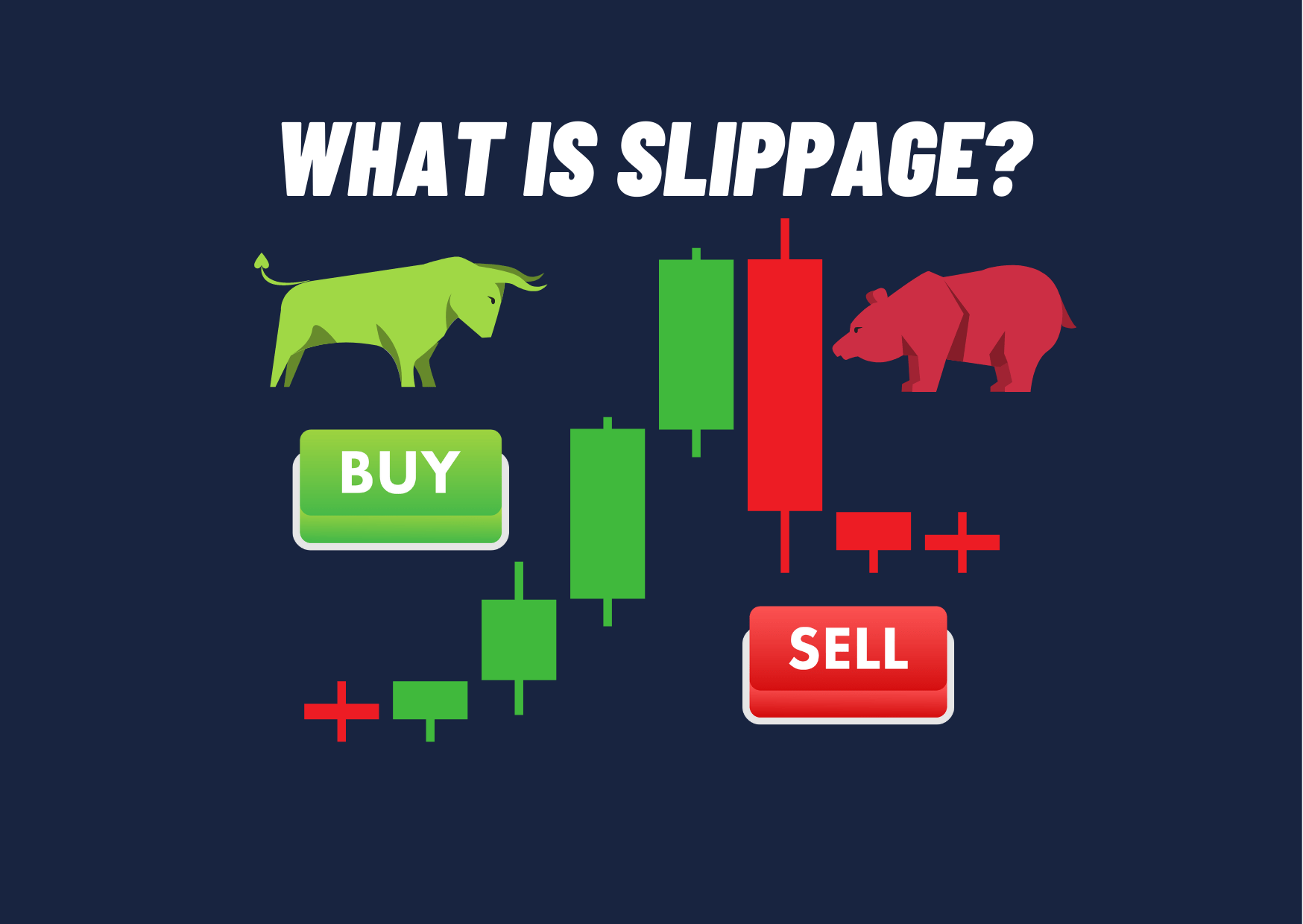Spot vs Derivatives Trading: A Complete Guide
In the world of finance and cryptocurrency, two fundamental trading types stand out: spot trading and derivatives trading. Understanding the difference between them is crucial for both beginner and experienced traders, as they involve different levels of risk, complexity, and strategic use.
This article offers an in-depth exploration of what spot and derivatives trading are, how they work, their advantages and disadvantages, and how to decide which is better suited to your trading goals.
1. What is Spot Trading?
Definition:
Spot trading involves buying or selling an asset (like Bitcoin or a stock) for immediate delivery. The transaction is settled “on the spot,” hence the name. You own the actual asset once the trade is completed.
Key Features:
- Immediate settlement (typically within T+2 days in traditional finance, instant in crypto)
- You own the underlying asset
- Simple and transparent
- Trades are made based on the current market price, known as the spot price
Example:
Let’s say Bitcoin (BTC) is trading at $30,000. If you buy 1 BTC in a spot market, you pay $30,000 and receive 1 BTC directly into your wallet.
2. What is Derivatives Trading?
Definition:
Derivatives trading involves contracts whose value is derived from an underlying asset (like Bitcoin, Ethereum, stocks, gold, etc.) rather than the asset itself. You do not own the actual asset; instead, you’re trading based on price movements.
Common types of derivatives include:
- Futures
- Options
- Perpetual Contracts
- Swaps
Key Features:
- You don’t own the underlying asset
- You can go long (buy) or short (sell)
- Often involves leverage
- Used for hedging or speculation
- Settlement can happen at a future date
Example:
If you believe the price of Bitcoin will rise, you can open a long position in a Bitcoin futures contract. If it goes up as expected, you make a profit, even though you never owned Bitcoin.
3. Major Differences: Spot vs Derivatives
| Feature | Spot Trading | Derivatives Trading |
|---|---|---|
| Asset Ownership | Yes (you own the asset) | No (you own a contract) |
| Complexity | Simple | Complex (contracts, margin, expiry, etc.) |
| Leverage | Rarely used | Common (up to 100x in crypto markets) |
| Risk Level | Lower | Higher (due to leverage and complexity) |
| Use Case | Buying, holding, payments | Speculation, hedging, arbitrage |
| Settlement | Immediate or T+2 | On expiry or mark-to-market |
| Market Example | Binance Spot, Coinbase | Binance Futures, CME Futures |
4. Advantages of Spot Trading
✅ Simple and Easy to Understand
You buy and hold an asset at its market price — no complicated contracts or terms involved.
✅ Lower Risk
There’s no leverage involved, so your potential losses are limited to your investment amount.
✅ You Own the Asset
You can store, transfer, or use your crypto or stock in other services.
✅ Long-Term Holding (“HODLing”)
Ideal for investors who believe in long-term appreciation and prefer to “buy low and hold.”
5. Disadvantages of Spot Trading
❌ No Leverage
You can’t amplify your buying power without borrowing — returns may be lower compared to leveraged positions.
❌ Limited to Bullish Markets
You can only profit when prices rise. There’s no way to short the market directly.
❌ Slower ROI
For traders looking for high short-term profits, spot trading may feel “slow.”
6. Advantages of Derivatives Trading
✅ Ability to Short Sell
You can profit when prices fall by opening short positions — something you can’t do in spot markets.
✅ Leverage
Allows you to control a large position with a small amount of capital. (e.g., $100 to control $1,000 with 10x leverage)
✅ Risk Management
Institutions and miners use derivatives to hedge exposure against price volatility.
✅ More Trading Strategies
Traders can use options spreads, arbitrage, and hedging strategies to maximize returns or minimize risks.
7. Disadvantages of Derivatives Trading
❌ High Risk
Leverage magnifies gains and losses. Liquidation is a real risk, especially in volatile markets like crypto.
❌ Complexity
Understanding futures expiry, funding rates, margin calls, and liquidation prices requires more knowledge.
❌ No Asset Ownership
You can’t use or transfer the actual asset; you’re only speculating on its price.
❌ Fees and Interest
Leverage often comes with funding rates, interest, and higher trading fees.
8. Use Cases & Examples
Spot Trading Use Cases:
- Buying Bitcoin to hold for the long term
- Buying Ethereum to use in DeFi apps
- Acquiring stocks for dividend income
Derivatives Use Cases:
- A trader shorts Bitcoin because they expect the price to fall
- A miner hedges future earnings using Bitcoin futures
- An institutional investor creates a strategy using options to lock in profits while limiting downside risk
9. Risk Management in Derivatives
Because of the increased complexity and risk, risk management is essential in derivatives trading:
- Stop-loss orders: Automatically exit losing positions
- Leverage limits: Using low leverage like 2x or 3x instead of 50x
- Portfolio diversification
- Understanding liquidation price: Know when your position will be forcibly closed
- Using testnets or demo accounts to practice before trading with real funds
10. Spot vs Derivatives in Crypto Exchanges
Most major crypto exchanges offer both:
- Spot Platforms: Binance Spot, Coinbase, Kraken, Bitstamp
- Derivatives Platforms: Binance Futures, Bybit, OKX, Deribit
It’s essential to understand the mechanics of each market before choosing where to trade.
11. Which is Right for You?
| Trader Type | Recommended Option | Why? |
|---|---|---|
| Beginner | Spot Trading | Lower risk, easier to understand |
| Long-term Investor | Spot Trading | Asset ownership, no expiry |
| Experienced Trader | Derivatives Trading | Leverage, short selling, advanced strategies |
| Hedging Portfolio | Derivatives Trading | Manage risk exposure with futures/options |
12. Final Thoughts
Both spot and derivatives trading offer unique opportunities depending on your experience, goals, and risk appetite.
- If you’re new to trading or want to own the asset, then spot trading is the way to go.
- If you’re looking to speculate on price movements, hedge your investments, or trade with leverage, then derivatives trading might suit your style.
That said, derivatives are not for everyone. They require a good grasp of financial concepts and strong discipline in managing risk. Start small, educate yourself thoroughly, and never invest more than you can afford to lose.




